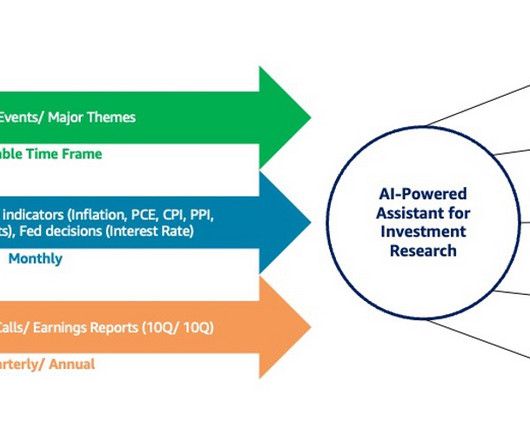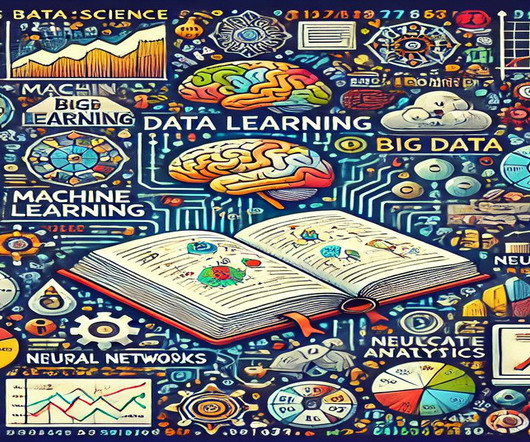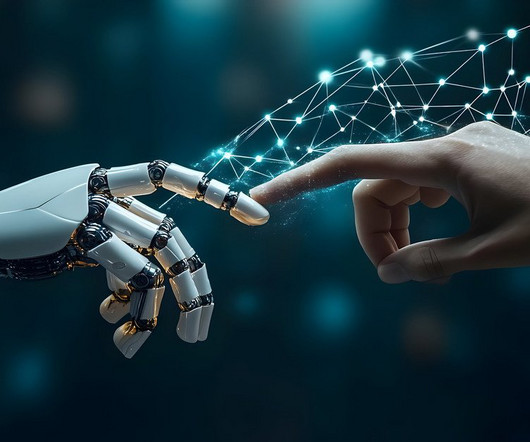A Guide to Choose the Best Data Science Bootcamp
Data Science Dojo
JULY 3, 2024
Statistics : Fundamental statistical concepts and methods, including hypothesis testing, probability, and descriptive statistics. Data Engineering : Building and maintaining data pipelines, ETL (Extract, Transform, Load) processes, and data warehousing.














Let's personalize your content